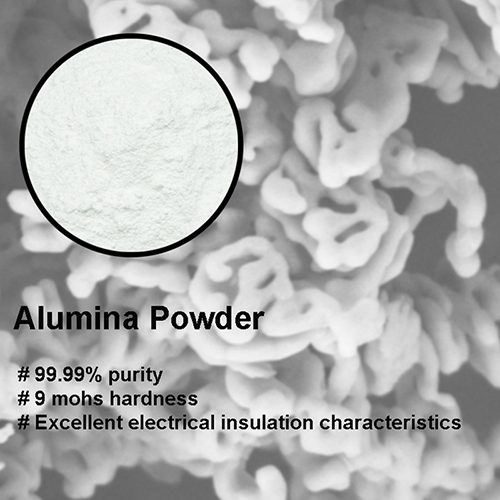Professional Tool Reviews for Pros
Sandpaper, a crucial tool in various crafts and woodworking, comes in an array of types and grits. Grasping the different types and their suitable applications can significantly enhance the quality of your projects. Using the right sandpaper for wood or metal makes all the difference. High Purity Calcined Alumina
Manufacturers classify sandpaper based on the abrasive material utilized and the backing material to which it adheres. The most prevalent types include:
This durable sandpaper is ideal for power-sanding wood, eradicating old paint, and smoothing wood edges. It’s also applicable for sanding metal surfaces.
Although less durable than aluminum oxide, garnet leaves a finer finish. You typically use garnet for hand-sanding and final finishing.
Recognized for its brittle and sharp characteristics, silicon carbide works well for dry or wet sanding of metal, plastic, and finishes like varnish and lacquer.
The most robust of all, ceramic sandpaper excels for heavy-duty sanding tasks. Look for it in belt sanders where you need to remove lots of material.
The grit level of wood and metal sandpaper relates to the size of the abrasive particles. The higher the grit number, the smaller and finer the particles used. Conversely, a lower grit number indicates larger, coarser particles.
The choice of sandpaper also depends on the material you’re working with:
Remember, the key to a smooth finish is to start with a coarse grit and gradually transition to finer grits, removing the scratches from the previous grit. This process, known as progressive sanding, ensures a smooth and polished surface for better adhesion and glue strength.
Understanding the different types of sandpaper and their uses is crucial for any craftsman. By choosing the right sandpaper for the material and the task at hand, you can achieve a professional finish on your projects. Always remember to work safely and avoid inhaling excess dust and grit.
Please note that this guide is a general overview. Understanding the specific sandpaper you need may vary based on your project. The specific material you need to sand might also determine the best sanding material or process. Always test on a small, inconspicuous area first to ensure you get the desired results.
Professionals have lots of experience with sanding, so they almost inherently work through these steps. Eventually, with enough practice, you can do the same.
David's learned a lot since he first came on board. In a sense, you could say that he's the culmination of what the editors have poured into him since he arrived. You'll find David heading up our DIY reviews along with some of our roundups and educational content.
Tape measures are a staple in everyone’s toolbox from the most seasoned Pro to the greenest DIYer. Ranging in length […]
Sure, you can use screws and nails to secure two pieces of wood together. However, to get a truly tight-fitting […]
This week, we have two of the heaviest hitters in the game going 1 vs 1. Representing the premium professional […]
The 2023 Pro Tool Innovation Award winners and finalists have been announced! With 233 across 15 distinct categories, they represent […]
As an Amazon Associate, we may earn income when you click on an Amazon link. Thanks for helping us do what we love.
See our Privacy Policy and Terms & Conditions.
Pro Tool Reviews is a successful online publication that has been providing tool reviews and industry news since 2008. In today’s world of Internet news and online content, we found that more and more professionals researched a large majority of their major power tool purchases online. That piqued our interest.
There’s one key thing to note about Pro Tool Reviews: We’re all about the professional tool user and tradesman!

120 Grit Aluminum Oxide Blasting Media Copyright ©2008-2023 Pro Tool Reviews, LLC. All rights reserved.